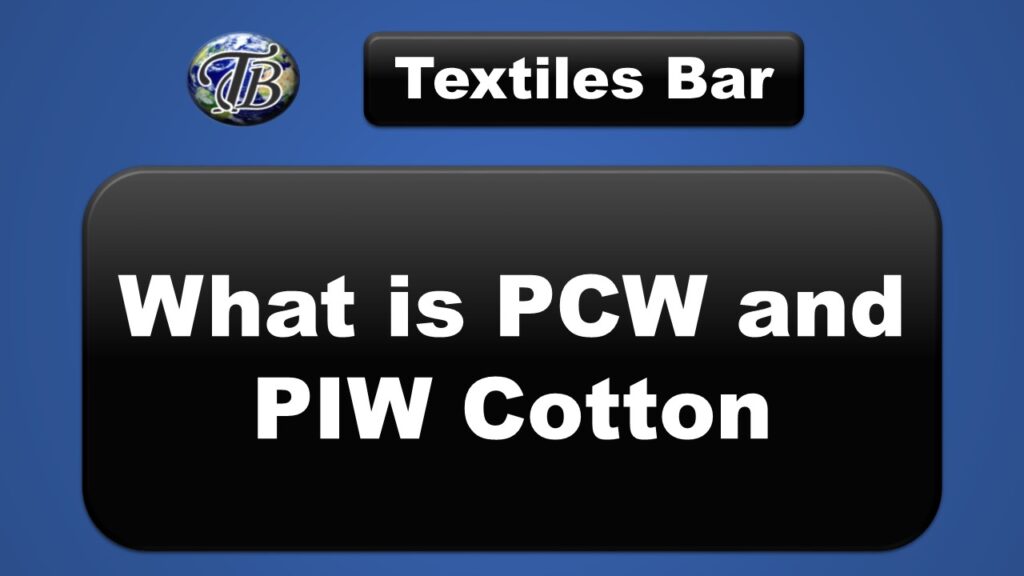
Difference Between PCW Pre Consumer Waste and Post Consumer Waste
“Pre-consumer waste” and “post-consumer waste” refer to two different stages in the lifecycle of a product where waste is generated:
- Pre-consumer waste:
- This waste occurs during the manufacturing or production process before a product reaches the consumer. It includes materials that are discarded, scrapped, or otherwise wasted during manufacturing, processing, or distribution. For example, scraps from a manufacturing plant or excess materials that don’t meet quality standards would be considered pre-consumer waste.
- Post-consumer waste:
- This waste is generated after a product has been used by the consumer and then discarded. It includes materials like packaging, used products, and items that consumers dispose of once they’re done using them. Examples of post-consumer waste include used paper, plastic bottles, old electronics, and any items that have served their intended purpose and are now being discarded.
The key difference lies in the stage at which the waste is generated in the product lifecycle. Pre-consumer waste originates during the manufacturing or production process before the product reaches the consumer, while post-consumer waste is generated after the product has been used by the end consumer and is disposed of as waste. Both are important considerations in waste management and recycling efforts to minimize environmental impact.
What is PIW Recycled Cotton
“PIW” typically stands for “Pre-Industrial Waste” or “Process Inherent Waste.” When discussing recycled cotton, PIW might refer to waste generated during the pre-industrial stages of cotton processing or within the manufacturing process of cotton-based products.
Recycled cotton is derived from cotton textile waste, which can include various sources like pre-consumer waste (scraps from the manufacturing process) and post-consumer waste (used garments or fabrics). PIW recycled cotton could indicate that the recycled material is sourced from the waste generated during the pre-industrial stages of cotton processing.
The use of PIW recycled cotton emphasizes the sustainable aspect of utilizing waste generated earlier in the production cycle, contributing to reducing environmental impact by reusing materials that might otherwise be discarded.
Frequently asked Questions
Certainly! Here’s a simple FAQ guide on PCW (Post-Consumer Waste) and PIW (Pre-Industrial Waste) in the context of cotton:
Q: What is PCW cotton?
A: PCW cotton refers to cotton derived from post-consumer waste, such as discarded garments, textiles, or other cotton-based products that have been used and then recycled to create new cotton-based materials.
Q: How is PCW cotton different from regular cotton?
A: PCW cotton is recycled from used cotton products, contributing to sustainability efforts by reducing the need for raw materials and minimizing waste. Regular cotton comes from raw fibers obtained directly from cotton plants.
Q: What are the benefits of using PCW cotton?
A: PCW cotton promotes environmental sustainability by reusing materials that would otherwise end up in landfills. It reduces the environmental impact of cotton production, conserves resources, and decreases energy consumption and pollution.
Q: What is PIW cotton?
A: PIW cotton refers to cotton sourced from pre-industrial waste generated during the earlier stages of cotton processing or manufacturing. It includes waste generated before the cotton reaches the consumer goods production phase.
Q: How does PIW cotton contribute to sustainable practices?
A: PIW cotton focuses on utilizing waste generated within the initial stages of cotton processing, reducing the environmental impact by repurposing waste materials that arise before cotton reaches the final production stages.
Q: Can PCW and PIW cotton be combined or used together?
A: Yes, in some cases, PCW and PIW cotton can be blended or utilized together in textile manufacturing processes to create more sustainable fabrics. Combining these sources of recycled and waste cotton can further promote eco-friendly practices.
These FAQs outline the basics of PCW and PIW cotton, emphasizing their roles in sustainable practices and how they contribute to reducing waste in the cotton production and textile industries.
What is PCW Cotton, Fabric or Garment?
PCW cotton, fabric, or garments originate from recycled materials sourced from used consumer products like clothing or textiles. Manufacturers process and reuse these materials to create new cotton-based products, reducing environmental impact by diverting waste from landfills.
Certification bodies or standards related to recycled or sustainable textiles include:
- Global Recycled Standard (GRS): Ensures traceability and verification of recycled content in products, including textiles.
- Textile Exchange: Their Recycled Claim Standard (RCS) certifies recycled content in textiles, allowing tracking and transparency in the supply chain.
- Fair Trade Certified: Focuses on fair labor practices and environmental standards in textile production, including recycled materials.
- OEKO-TEX: Certifies textiles free from harmful substances, ensuring environmentally friendly production processes.
PCW Abbreviation of What
These certification bodies verify and ensure that products claiming to use PCW materials adhere to specific standards for sustainability, recycled content, and ethical production practices.
- Post-Consumer Waste and Pre-consumer waste: Refers to materials or products that have served their intended purpose and have been discarded by consumers. Post-consumer waste can be recycled or reused to minimize environmental impact. Pre Consumer Waste is material which is produced during the product manufacturing.
What is PIW Cotton, Fabric and Garment
PIW stands for Pre-Industrial Waste. It denotes cotton waste generated before the industrial era. This cotton waste can be repurposed or recycled in various industries for creating new products, reducing environmental impact.
Pre-industrial waste (PIW) is generated from cotton waste created before the industrialization of cotton processing. It originates from remnants, leftover fibers, or materials produced during traditional, manual cotton processing methods used in the pre-industrial era. This waste could include scraps, unused fibers, or byproducts resulting from hand-based cotton processing techniques practiced before the advent of modern industrial methods.
Pre-industrial waste (PIW) originates as a byproduct or residual waste from traditional, pre-industrial cotton processing methods. Nonetheless, this waste holds potential for repurposing or recycling in modern times, aiding sustainable practices by diminishing landfill waste and potentially becoming a source for recycled materials across various industries.
CONTROL UNION
If need further assistance please feel free to contact us.